Circuit Breakers

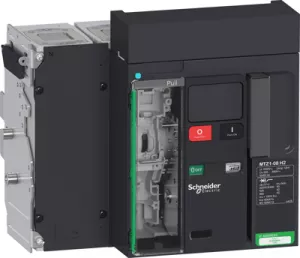
Order No.:
03P6609
Manufacturer SKU:
LV847218

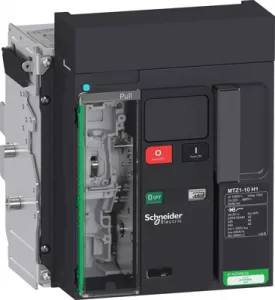
Order No.:
03P6610
Manufacturer SKU:
LV847220

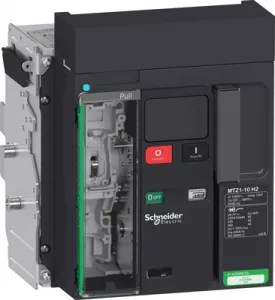
Order No.:
03P6611
Manufacturer SKU:
LV847221

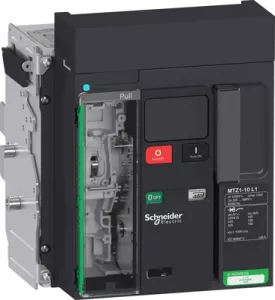
Order No.:
03P6612
Manufacturer SKU:
LV847222

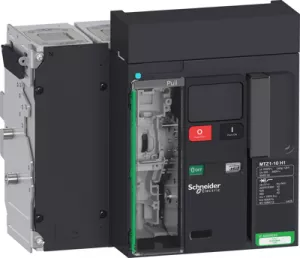
Order No.:
03P6613
Manufacturer SKU:
LV847225

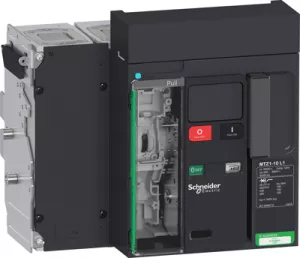
Order No.:
03P6614
Manufacturer SKU:
LV847227

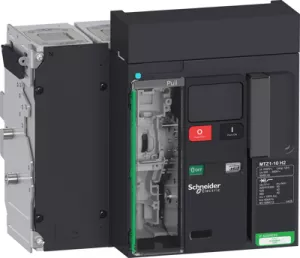
Order No.:
03P6615
Manufacturer SKU:
LV847228

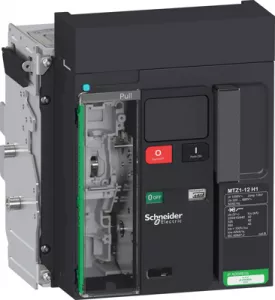
Order No.:
03P6616
Manufacturer SKU:
LV847230

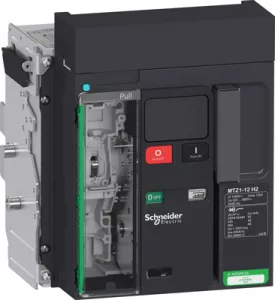
Order No.:
03P6617
Manufacturer SKU:
LV847231

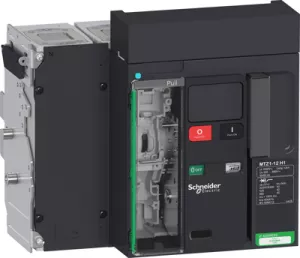
Order No.:
03P6618
Manufacturer SKU:
LV847235

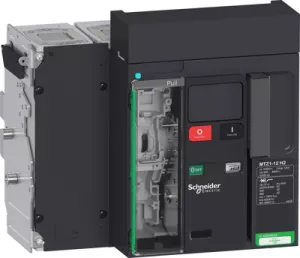
Order No.:
03P6619
Manufacturer SKU:
LV847237

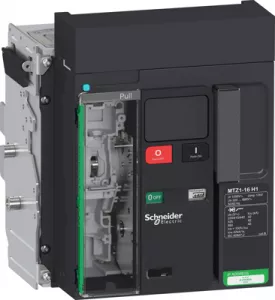
Order No.:
03P6620
Manufacturer SKU:
LV847240

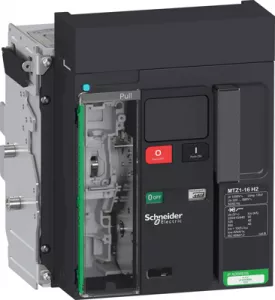
Order No.:
03P6621
Manufacturer SKU:
LV847241

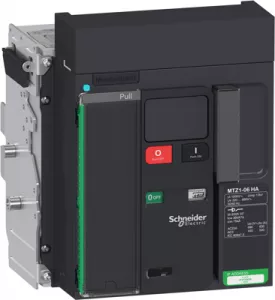
Order No.:
03P6624
Manufacturer SKU:
LV847248

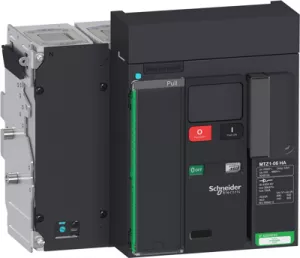
Order No.:
03P6625
Manufacturer SKU:
LV847249

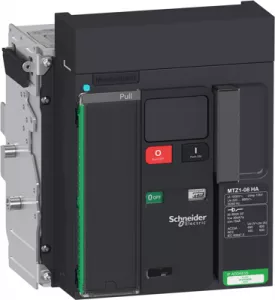
Order No.:
03P6626
Manufacturer SKU:
LV847250

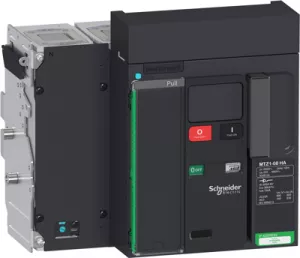
Order No.:
03P6627
Manufacturer SKU:
LV847251

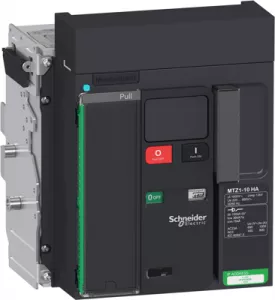
Order No.:
03P6628
Manufacturer SKU:
LV847252

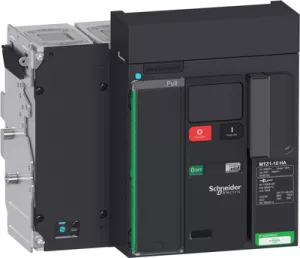
Order No.:
03P6629
Manufacturer SKU:
LV847253

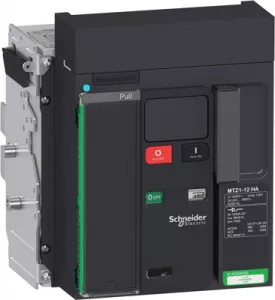
Order No.:
03P6630
Manufacturer SKU:
LV847254
Safety guaranteed: Functions and advantages of switch-disconnectors
Circuit breakers are used to protect electrical circuits by automatically switching off in the event of an overload or short circuit. They can be switched back on, eliminating the need for one-way fuses. Switch-disconnectors, on the other hand, specialize in safely isolating electrical circuits from the power supply.
Unlike circuit breakers, switch-disconnectors do not perform a protective function, but merely ensure safe isolation as well as prevention of accidental switch-on. Both electromechanical components are indispensable in electrical installations and in the energy sector, with circuit-breakers primarily ensuring the protection of installations, while switch-disconnectors are used for maintenance and repairs.